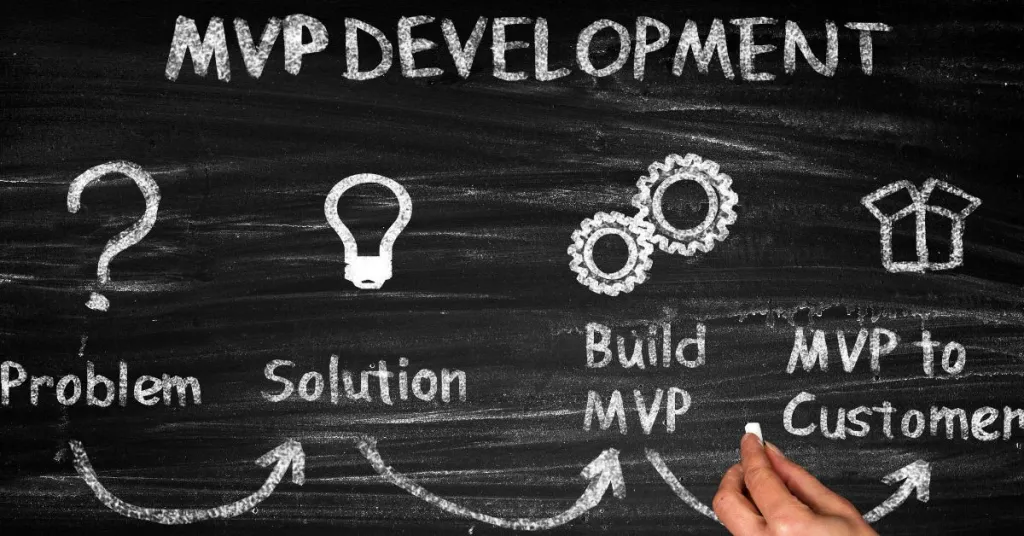How to Plan a Successful Software Development Project: A 9-Step Guide
Software development is a complex and challenging process that requires careful planning, execution, and testing. Whether you are developing a new software product, enhancing an existing one, or outsourcing your software project to a third-party vendor, you need to follow some essential steps to ensure the quality, functionality, and usability of your software solution.
In this blog post, we will share with you a 9-step guide to help you plan a successful software development project, from defining your goals and requirements, to choosing the right technology and methodology, to delivering and maintaining your software product.
Step 1: Define your goals and scope
The first step in any software development project is to clearly define your goals and scope. What are you trying to achieve with your software solution? Who are your target users and customers? What are the main features and functionalities that your software should provide? What are the expected outcomes and benefits of your software project?
By answering these questions, you can establish the vision, purpose, and scope of your software project. You can also identify the key stakeholders, such as the project sponsor, the project manager, the development team, the end-users and the customers. Having a clear and shared understanding of your goals and scope will help you align your expectations, communicate effectively, and avoid scope creeps.
Step 2: Conduct market research and analysis
The next step in planning a successful software development project is to conduct market research and analysis. This involves gathering information about your target market, competitors, industry trends and customer needs. You can use various methods and tools to conduct market research, such as surveys, interviews, focus groups, online platforms, analytics tools and more.
By conducting market research and analysis, you can gain valuable insights into the needs, preferences and pain points of your potential users and customers. You can also identify the gaps and opportunities in the market, as well as the strengths and weaknesses of your competitors. This will help you validate your idea, define your value proposition and differentiate your software solution from others.
Step 3: Define your requirements and specifications
The third step in planning a successful software development project is to define your requirements and specifications. This involves translating your goals and scope into detailed and measurable requirements that specify what your software solution should do, how it should work, what it should look like and how it should perform. You can use various techniques and tools to define your requirements, such as user stories, use cases, wireframes, mockups, prototypes and more.
By defining your requirements and specifications, you can provide a clear and comprehensive description of your software solution to your development team and other stakeholders. You can also ensure that your software solution meets the expectations and needs of your users and customers. Moreover, you can use your requirements as a basis for testing and validating your software solution.
Step 4: Choose the right technology stack
The fourth step in planning a successful software development project is to choose the right technology stack. This involves selecting the appropriate programming languages, frameworks, libraries, tools and platforms that will be used to develop, test, deploy and run your software solution. You can use various criteria to choose your technology stack, such as the complexity, functionality, scalability, security, performance and compatibility of your software solution.
By choosing the right technology stack, you can ensure that your software solution is built with the best-suited technologies that match your requirements and specifications. You can also leverage the advantages of each technology component, such as ease of use, reliability, efficiency and flexibility. Furthermore, you can avoid potential issues and risks related to technology compatibility, integration and maintenance.
Step 5: Choose the right development methodology
The fifth step in planning a successful software development project is to choose the right development methodology. This involves selecting the appropriate approach or process that will be used to manage, organize and execute your software development project. You can choose from various development methodologies, such as waterfall, agile, scrum, kanban and more.
By choosing the right development methodology, you can ensure that your software development project is managed in a way that suits your goals, scope, requirements, specifications, technology stack and team size.
You can also optimize the efficiency, quality, collaboration and transparency of your software development process.
Moreover, you can adapt to changing requirements, feedback and market conditions with ease and agility.
Step 6: Design and develop your software solution
The sixth step in planning a successful software development project is to design and develop your software solution.
This involves creating the architecture, structure, layout, interface and functionality of your software solution based on your requirements and specifications.
You can use various tools and techniques to design and develop your software solution, such as coding, testing,
debugging, refactoring, reviewing and more.
By designing and developing your software solution, you can turn your idea into a tangible and functional software product that meets the needs and expectations of your users and customers. You can also ensure that your oftware solution is user-friendly, attractive, intuitive and responsive.
Furthermore, you can verify that your software solution is error-free, bug-free and secure.
Step 7: Test and validate your software solution
The seventh step in planning a successful software development project is to test and validate your software solution. This involves checking the quality, functionality, usability, and performance of your software solution against your requirements and specifications.
You can use various methods and tools to test and validate your software solution, such as unit testing, integration testing, system testing, user acceptance testing, load testing, security testing and more. By testing and validating your software solution, you can ensure that your software solution works as expected, delivers the desired outcomes and benefits and satisfies the requirements and specifications.
You can also identify and fix any issues, defects or errors that may affect the functionality, usability, or performance of your software solution. Moreover, you can improve the quality, reliability, and security of your software solution.
Step 8: Deploy and launch your software solution
The eighth step in planning a successful software development project is to deploy and launch your software solution. This involves releasing your software solution to the market, making it available and accessible to your users and customers. You can use various tools and platforms to deploy and launch your software solution, such as cloud services, web servers, app stores and more.
By deploying and launching your software solution, you can introduce your software product to the world, reaching and attracting your target audience and potential customers. You can also generate revenue, feedback and recognition for your software product. Furthermore, you can monitor and measure the performance, usage and impact of your software product.
Step 9: Maintain and update your software solution
The ninth and final step in planning a successful software development project is to maintain and update your software solution. This involves providing ongoing support, maintenance, and improvement for your software solution, ensuring its functionality, usability, and performance over time. You can use various tools and techniques to maintain and update your software solution, such as bug fixing, patching, upgrading, adding new features, enhancing existing features and more.
By maintaining and updating your software solution, you can ensure that your software product remains relevant, competitive, and valuable in the market. You can also keep your users and customers satisfied, loyal and engaged with your software product. Moreover, you can adapt to changing user needs, customer feedback and market trends with ease and agility.
Conclusion
Software development is a complex and challenging process that requires careful planning, execution, and testing. By following these 9 steps, you can plan a successful software development project that delivers a high-quality, functional, and user-friendly software solution that meets your goals, scope, requirements, and specifications. You can also achieve the expected outcomes and benefits of your software project, such as customer satisfaction, revenue generation and market recognition.

